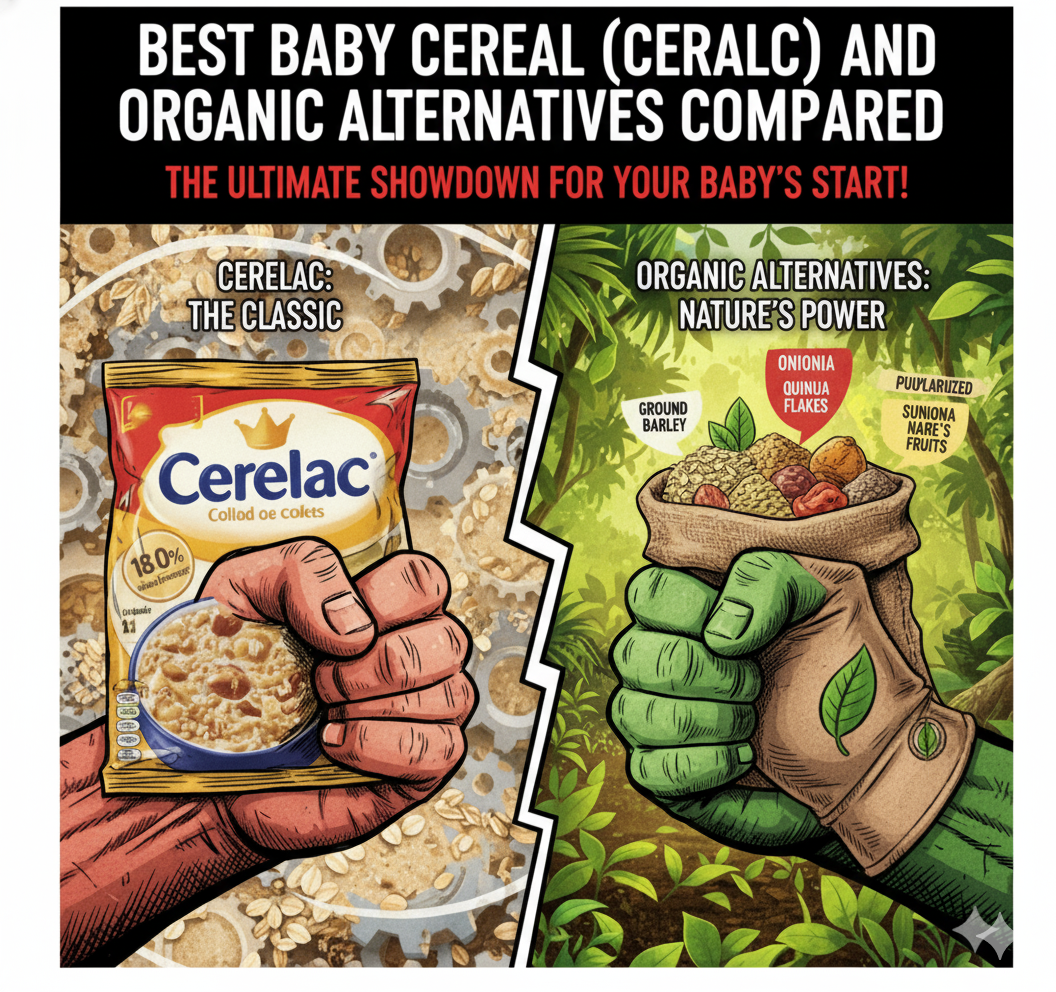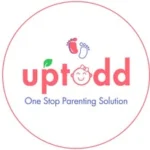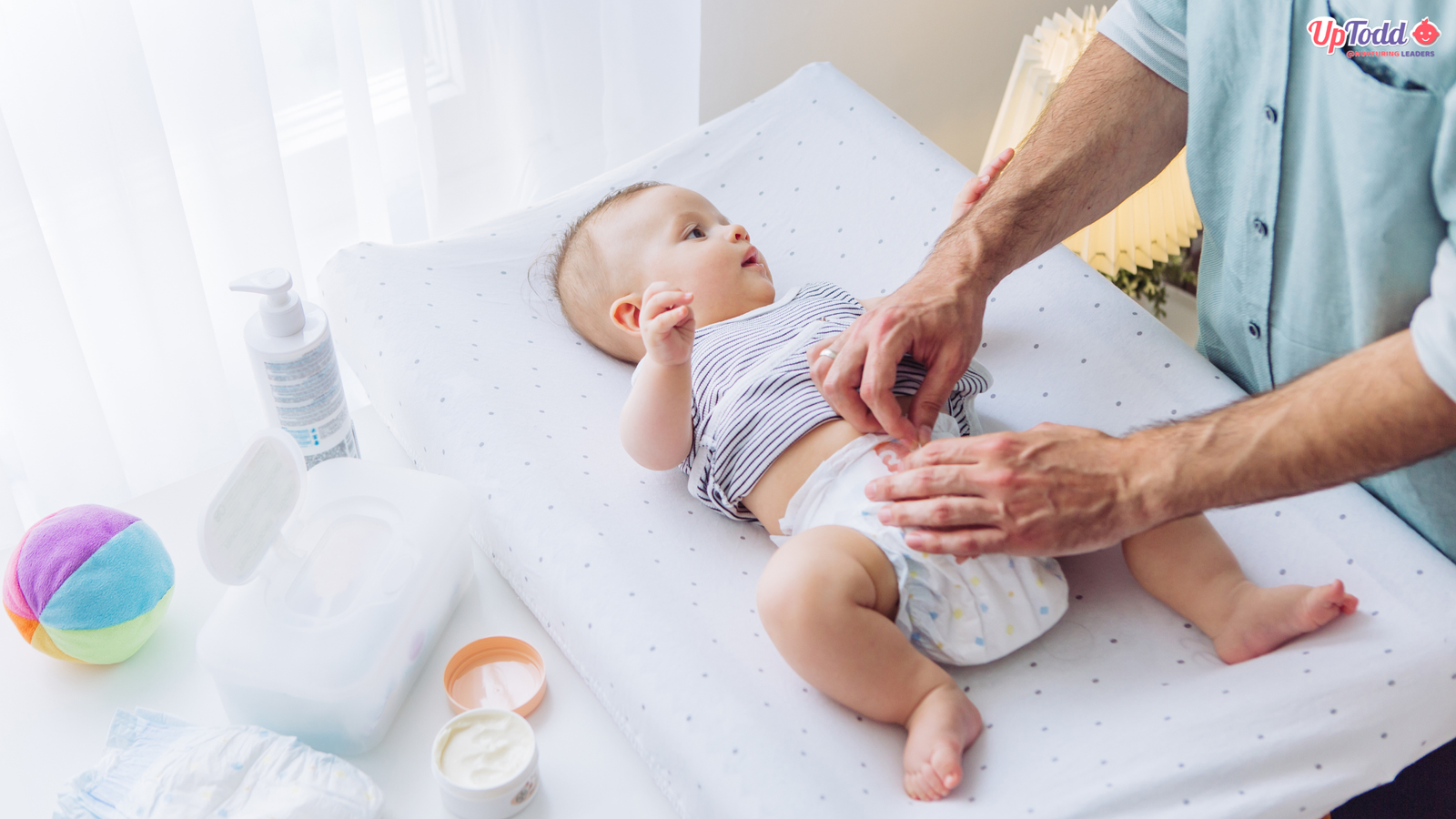
Newborn Diaper Buying Guide: All You Need to Know
Topic
Newborn Diaper Buying Guide: All You Need to Know
May start as early as
At 0 months
─────────
May end around
3 Months
Deciding on a newborn diaper that is suitable for my little one. We are surrounded by questions like
Which newborn diaper is right?
Does my newborn need a diaper?
How to Choose the Right Size and Fit?
So parents, if you also have these questions, this blog is exactly for you. Babies tend to wet themselves quite frequently. The kids who are a bit older can inform you with their actions, but that is not the case with infants. This is where a newborn diaper gives you the upper hand to ensure that you have peace of mind.
In this blog, we will cover-
– Why newborn baby diapers are important
– Types of Newborn Diapers: Cloth vs. Disposable
– How to Choose the Right Size and Fit
– Understanding Diaper Materials & Safety Concerns
So let us first start with why they are important-
Why newborn diapers are important
Newborn diapers are essential to a baby’s health, hygiene, and comfort. Let’s know why now-
- Lowering Infection Risk
By keeping the diaper area dry and clean, germs and fungi cannot thrive, which lowers the risk of illnesses.
- Hygiene
Modern diapers are incredibly absorbent, reducing leaks and keeping babies and bedding clean. Diapers help to contain and neutralize odours, resulting in a more comfortable environment.
- Convenience
Disposable diapers save parents time and effort by eliminating the need to constantly wash and dry cloth diapers.
- Easy on delicate skin
Soft, breathable, and absorbent diapers can support the preservation of the skin’s natural barrier function.
- Helping sleep better
Since newborns are less likely to be bothered by discomfort and moisture, a dry and comfy diaper can help them sleep better.
Reference- Why are diapers important for newborns
Cloth vs. Disposable Diapers: Which is best?
Cloth and disposable diapers are the two main types of newborn diapers. Diapers made of cloth are reusable and often manufactured from natural fibers, whereas disposable diapers are intended for single use and provide convenience. Both varieties have advantages and cons, and the ideal option for a newborn is based on personal tastes and circumstances.
Cloth Diapers for Newborn
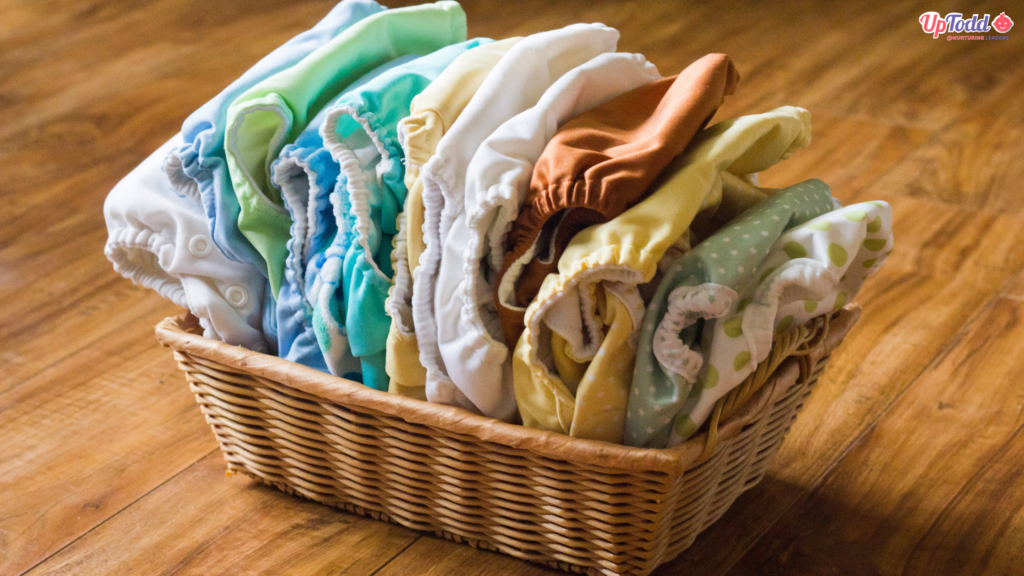
Advantages:
Eco-friendly: Minimize waste in landfills and resource usage.
Economical over time: Although the upfront expense is greater, they can be more budget-friendly in the long term.
Soft on baby’s skin: Crafted from organic, breathable fabrics, minimizing the chance of diaper irritation.
Diverse styles: Offered in various forms (all-in-one, pocket diapers, etc.) and fabrics (cotton, hemp, etc.).
Disadvantages:
More time-intensive: Necessitates cleaning, drying, and possibly filling.
Can be tricky: Handling poop may be more challenging than using disposables.
Increased initial expense: The upfront investment may be considerable.
Might need additional changes: Based on absorbency, certain babies may require changes more often.
Risk of leaks: If not adequately installed or sufficiently absorbent.
Reference- Benefits of Cloth Diapers
Disposable diaper for newborn:
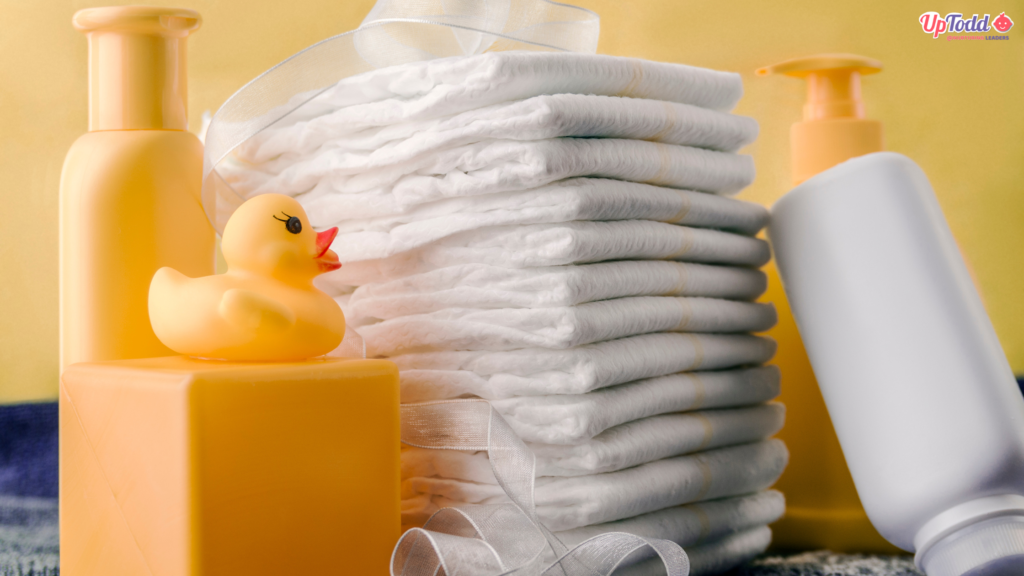
Advantages:
User-friendly and convenient: Just throw away after use.
Extremely absorbent: Crafted to maintain dryness for infants over longer durations.
Easily accessible and simple to locate: Offered in multiple sizes and brands.
It can be more practical while traveling: Simple to discard while on the move.
Current attributes: Some include moisture indicators and other useful functions.
Disadvantages:
Not eco-friendly: Adds to landfill waste and demands substantial resources for production.
Expensive in the long term: Frequent buying can accumulate over time.
Risk of skin irritation: Certain babies might react negatively to the chemicals used in disposable diapers.
Restricted sizing choices: Might not consistently offer the ideal fit for every baby.
In the end, selecting between cloth and disposable diapers is a matter of personal preference. Think about your way of life, beliefs, and the particular requirements of your baby when deciding.
Reference- Pros and cons of baby Diapers
How to Choose the Right Size and Fit of Newborn Diaper
A properly fitting diaper should be simple to move in and snug around the waist and legs without leaving red scars.
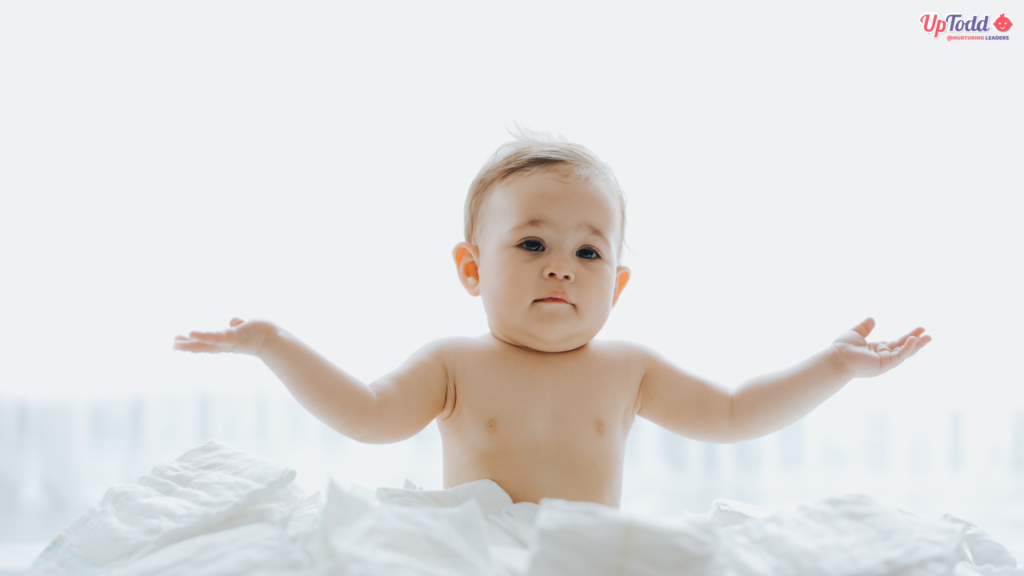
newborn diaper size chart by weight–
| Age Range | Clothing Size Label | Approx. Height | Approx. Baby Weight |
| New born | New born (NB) | Up to 50 cm (19.5 inches) | Up to 3.5 kg (7.5 lbs) |
| 0–3 months | 0–3M | 50–58 cm (19.5–23 inches) | 3.5–5.5 kg (7.5–12 lbs) |
| 3–6 months | 3–6M | 58–66 cm (23–26 inches) | 5.5–7.5 kg (12–17 lbs) |
| 6–9 months | 6–9M | 66–71 cm (26–28 inches) | 7.5–9 kg (17–20 lbs) |
| 9–12 months | 9–12M | 71–76 cm (28–30 inches) | 9–10 kg (20–22 lbs) |
| 12–18 months | 12–18M | 76–83 cm (30–32.5 inches) | 10–11.5 kg (22–25 lbs) |
| 18–24 months | 18–24M | 83–89 cm (32.5–35 inches) | 11.5–13 kg (25–28.5 lbs) |
| 2–3 years | 2T–3T | 89–96 cm (35–38 inches) | 13–15 kg (28.5–33 lbs) |
Reference- Baby Diaper chart
Newborn Diaper Materials: Safety Guide.
Despite their convenience, disposable diapers may not be safe because of the chemicals and compounds they may contain.
Let’s understand possible worries and safety hazards:
Exposure to chemicals:
Numerous chemicals found in disposable diapers, such as per- and polyfluoroalkyl substances (PFAS), volatile organic compounds (VOCs), and polycyclic aromatic hydrocarbons (PAHs), have sparked worries about possible negative health impacts.
Skin Allergies and Irritation:
The materials or chemicals in diapers may cause rashes, irritation, or allergic reactions in certain babies with sensitive skin.
Diaper Rash
The chance of diaper rash is increased when moisture is retained against the skin, which can serve as a haven for germs and fungi.
Breathability
Diapers should provide some air circulation in addition to absorbency in order to avoid overheating and skin irritation.
Environmental Impact
Disposable diapers require energy and resources to produce, and their disposal adds to landfill garbage.
Some FAQ’s around newborn diaper
Q: What is the recommended frequency of diaper changes?
A: To keep your baby’s skin healthy, change their diaper every two to three hours, or immediately after a bowel movement.
Q: How can I know if a diaper is the right size?
The diaper fits if it’s snug (not tight) at the waist/legs, allows two fingers under the waistband, and leaves no red marks on skin
Q: A well-fitting diaper should have a waistband that is somewhat below the belly
button and snug but not too tight. One or two fingers should be able to fit through the diaper and contact your baby’s skin.
Q: What is the appropriate number of diapers to have on hand?
A newborn should have 24 to 40 cloth diapers, which is the recommended number for two to three days.
Conclusion
Selecting the ideal newborn diaper is important for your baby’s comfort, hygiene, and health, not just for convenience. To keep your child happy, safe, and dry, make an informed decision.
Explore UpTodd to unleash the hidden abilities of the baby.
Research & Resources
- https://www.apollopharmacy.in/blog/article/reasons-why-newborns-need-diapers?srsltid=AfmBOort0A3L2AO7_IJ-m1oBW6YxXTGJu6Sclw_wwjBtyB9TmmTJBPYl
- https://www.motherhoodindia.com/importance-of-diapers-in-baby-care-routine/
- https://www.webmd.com/baby/pros-and-cons-disposable-diapers
- https://superbottoms.com/blogs/diapering/benefits-of-using-cloth-diapers

